At its Apeldoorn site in the Netherlands, the Loparex Group - which operates around the world - manufactures top-quality foils for the medical, graphics, and composite materials markets, to name a few. To optimize its foil packaging processes, made the decision to integrate the transport and packaging solution from Nedpack. The plant and machinery construction company based in Harderwijk in the Netherlands relies on SICK sensors in tasks involving detection, measuring, identification, and safety.
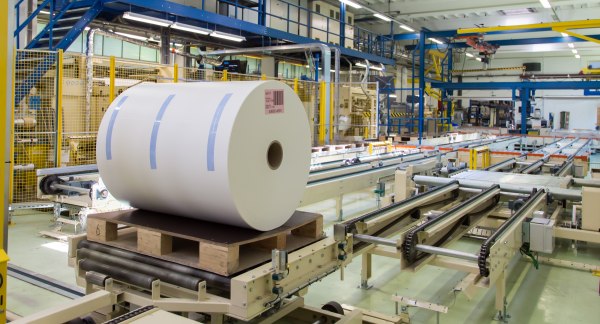
You are most likely to know foil as what's on the back of stickers, explains Loparex methods engineer Johan Putt, but our top-quality product is also used in medical adhesive bandages or in the foils used for bonding airplanes, for example. Our customers choose Loparex because they are looking for a foil that, on the one hand, gives their products sufficient protection but the other hand, is also easy to upgrade. Although Loparex foils fulfill all aspects of the most stringent of quality requirements, the packaging of the rolls sometimes falls a little bit short. Put: Before, we packaged the rolls in cardboard or wrapped them in plastic by hand and then taped it shut. Not only was it physically exhausting work, it also took a long time to package each roll. As this part of the production process was very labor-intensive, we saw it as an opportunity to optimize our consistency and quality using an automated systemA complex task
According to Berry Jansen, software engineer at Nedpack, the wide range of rolls was what caused the biggest heading during the development process. No two rolls are the same. Diameters vary from 350 to 1500 millimeters, the lengths from 400 to 2100 millimeters. The system needs to be able to deal with any format possible.
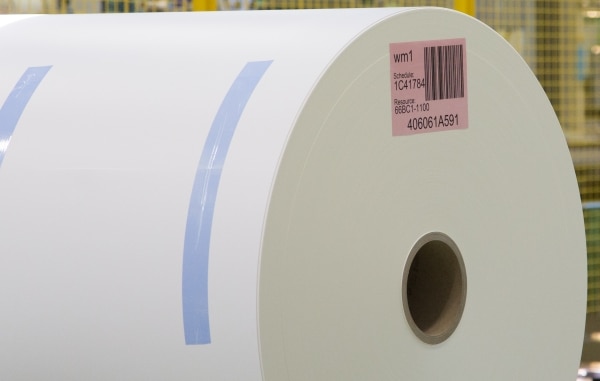
But it's not just the size of the rolls that changes, it's their composition, too: One roll is made of coated paper, another of coated foil. A label with a barcode is attached directly after production so that we can tell the rolls apart and guarantee traceability. These bar codes store all the important information. But how can you ensure that this information remains accessible even when its hidden under a thick layer of plastic foil?
RFID from SICK makes information visible
It was support from SICK that provided the solutions to these obstacles in the development process. Jansen: It feels great to have a partner who you can bounce ideas off and who's willing to bring expertise to the table. We knew first-hand from our many years of cooperation with SICK that it could help us with bar code scanners, but we'd never heard of its RFID systems or its distance sensors. The RFID systems in particular were very helpful in this case. Just before the bar code is covered by plastic film, an RFID read-write unit transmits the information to an RFID tag which is concealed in the load carrier:
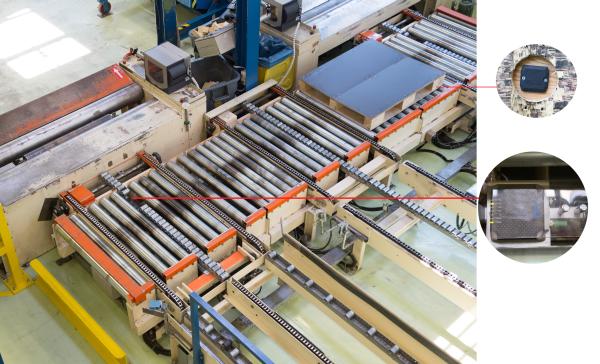
5 steps for a perfectly packaged roll
As soon as the foil roll (with info label and bar code applied) leaves production, it is placed on a special carrier. Nedpack has designed these carriers so that they can transport rolls of any format stably. The carrier is also fitted with an RFID tag. Belts convey the rolls on the carriers to the packaging station. Light curtains from SICK protectthe different access points to the packaging system.
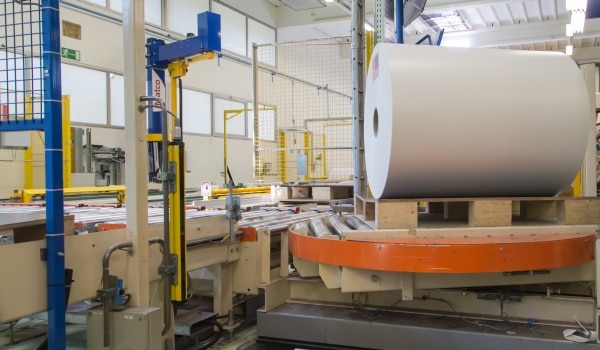
The safety system is configured so that both carriers and rolls are detected. If an employee passes the light curtain, the system stops immediately. Before the roll is wrapped, the SICK DT35 distance sensor automatically measured the diameter and length. This data tells the system how many wrappings the roll requires and how long roller needs to turn for. A SICK CLV690 bar code scanner scans the bar code on the info label and the SICK RFID read-write unit transmits all the important information to the RFID tag on the carrier:
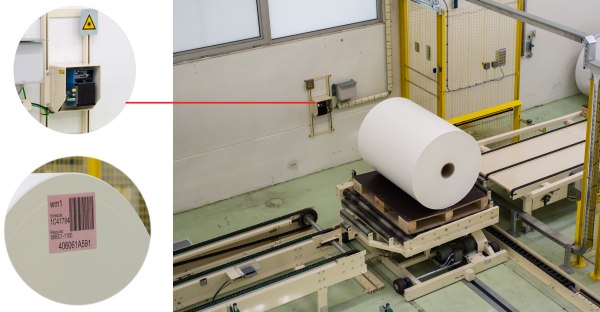
Once the roll has been measured and scanned, it reaches the packaging station. The system consists of a foil wrapper and a manipulator fitted with rollers. The manipulator lifts the roll from the carrier, at which point one of the rollers is activated automatically. This also causes the roll to rotate on an axis, and it is automatically wrapped in foil. As soon as the roll is wrapped in foil, the manipulator lifts it back onto the carrier.
The roll is then transported to the end packaging station (if there is one). This is where the roll is deposited onto a standard pallet and the information stored on the RFID tag is transmitted to a label stuck on the foil. Once the data has been deleted from the RFID tag, the carrier returns to its starting point in the system. Everyone at Loparex is delighted with the new packaging system. Depending on the roll dimensions, the system can process between 20 and 35 rolls an hour. Nedpack collaborated with SICK to deliver perfect work and even delivered the system a week before the deadline. They met all of our terms and have also completely satisfied all of our requirements in terms of safety, for example. That's not always a matter of course, said Johan Put speaking from experience.
Pays for itself quickly
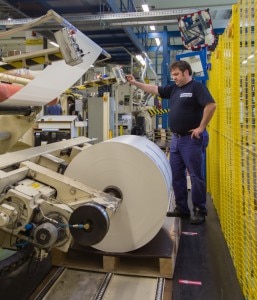
Loparex is reaping the benefits of the new packaging system in many respects. Put: We don't need anywhere near as much packaging material. What's more, we no longer need cardboard packaging, which not only reduces our storage requirements, but also our waste production. Before, we had to dispose of lots of different materials; now it's just one. Furthermore, the new packaging process is a whole lot faster. It takes the operator just a few minutes to place the packaged roll onto the pallet, and the packaging itself takes place without any human intervention.
- Product informationen: DT35 mid range distance sensor, CLV690 bar code scanner, RFID RFU620
- Product portfolio: mid range distance sensors, Bar code scanners, RFID, Safety light curtains
- Customer information: Loparex, Nedpack

